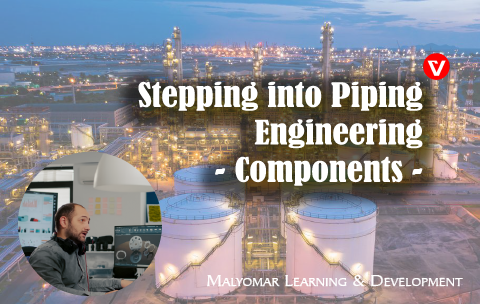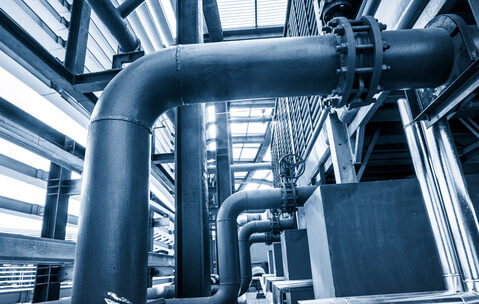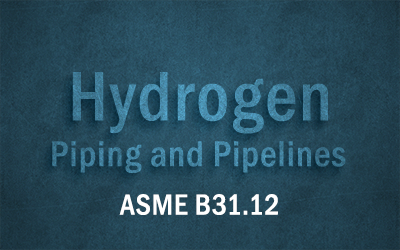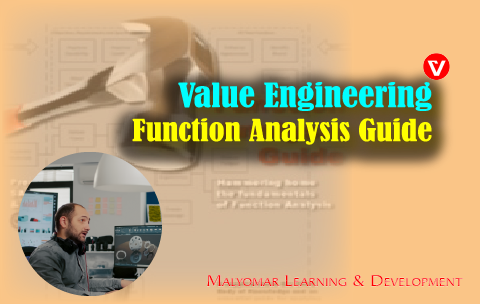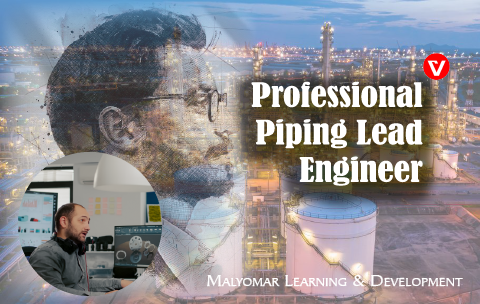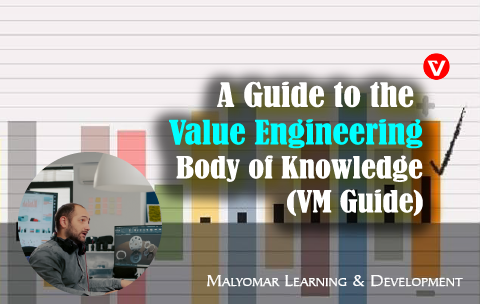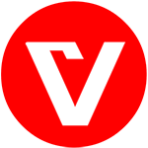Sorry, we can not find any courses for this search.
You may want to check Our Hot Courses:
Intermediate
ASME B31.3 and B31.1 Practical Piping Design for Process and Power Applications
11,980 EGP
ASME B31.3 and B31.1 Practical Piping Design for Process and Power Applications
What you'll learn
By participating in this course, you will learn how to successfully:
Identify the responsibilities of personnel involved in the design, fabrication, assembly, erection, examination, inspection, and testing of process and/or power piping
Describe the scope and technical requirements of the ASME B31.3 Code as well as differences in ASME B31.1.
Apply and implement the quality requirements that are defined in the ASME B31.3 and B31.1 Code.
Explain the principal failure modes of piping components and where to look for them
Describe the layout and simplified and formal analysis techniques
Who should attend?
This course is designed for engineers, managers and quality personnel who are involved in the design, manufacturing, fabrication, and examination of process piping that is being built to the requirements of U.S. Codes & Standards.
Engineers entering the piping design and analysis field
Practicing piping engineers requiring background on Code compliance and trends in piping design, analysis, and fabrication
QA/QC personnel
Piping Designers involved in the design, layout, of pressure piping systems.
Stepping into Piping Engineering – Components
What you'll learn
What is Piping Engineering.
Piping Engineers Roles and Responsibilities.
Detailed study of Piping Network Components.
B31.1 Power Piping
What you'll learn
Identify the difference between “Design by Rule” and “Design by Analysis” codes.
Discover the principal failure modes of piping components and where to look for them.
Recognize the difference between pressure component design and structural design.
Investigate the importance of piping flexibility.
Discuss how to develop stress intensification factors.
Recognize how to qualify nonstandard fittings and joints.
Identify materials selection and limitations, fabrication rules and their bases
Explain welding qualification requirements, inspection, examination, and testing requirements
Identify the Code requirements for power piping maintenance
B31.3 Process Piping
What you'll learn
Identify the responsibilities of personnel involved in the design, fabrication, assembly, erection, examination, inspection, and testing of process piping
Describe the scope and technical requirements of the ASME B31.3 Code
Apply and implement the quality requirements that are defined in the ASME B31.3 Code
ASME B31.12 Hydrogen Piping and Pipelines
What you'll learn
Hydrogen Technologies and Market Players
Global Policies
Describe the scope of B31.12
Explain the design requirements of B31.12
Identify materials requirements
Explain B31.12 requirements for fabrication, assembly, and erection
Explain the B31.12 requirements for inspection, examination, and testing
Function Analysis Guide
What you'll learn
Provide strong background on Value Engineering in highway and transportation.
Support in establishment of Organization VE program.
Train VE team on program management.
Writing Technical Proposal to attract and win clients
What you'll learn
Understanding the core of your business
Enhancing proposal writing process
Client management
Intermediate
FAST Creativity and innovation, Rapidly Improving Processes, Product Development and Solving Complex Problems
3,500 EGP
FAST Creativity and innovation, Rapidly Improving Processes, Product Development and Solving Complex Problems
What you'll learn
Rapidly improving process, product development and solving complex problems
Professional Piping Lead Engineer
What you'll learn
Overview on project management
Setting and achieve success criteria
Piping Lead engineer management approaches
Path forward of Lead Engineer
A Guide to the Value Methodology Body of Knowledge (VM Guide)
What you'll learn
Provide strong background on Value Engineering in highway and transportation.
Support in establishment of Organization VE program.
Train VE team on program management.


